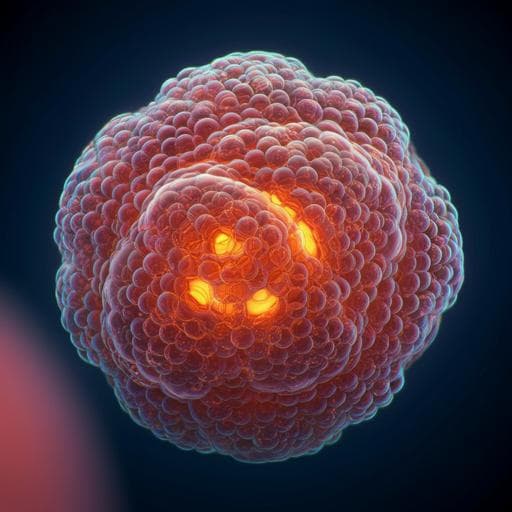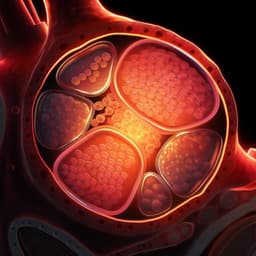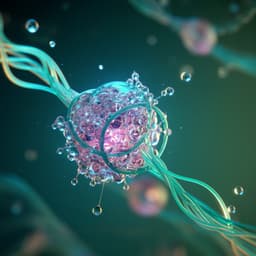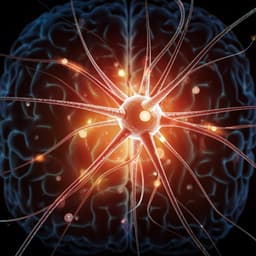
Biology
Reconstructing aspects of human embryogenesis with pluripotent stem cells
B. Sozen, V. Jorgensen, et al.
This groundbreaking study, led by Berna Sozen and colleagues, explores early human embryo development using expanded pluripotent stem cells. By creating self-organizing cystic structures that resemble natural embryonic development, the research uncovers the intricacies of blastocyst-like morphology and cell lineage, providing valuable insights into human embryogenesis and its divergence from natural processes.
~3 min • Beginner • English
Related Publications
Explore these studies to deepen your understanding of the subject.







